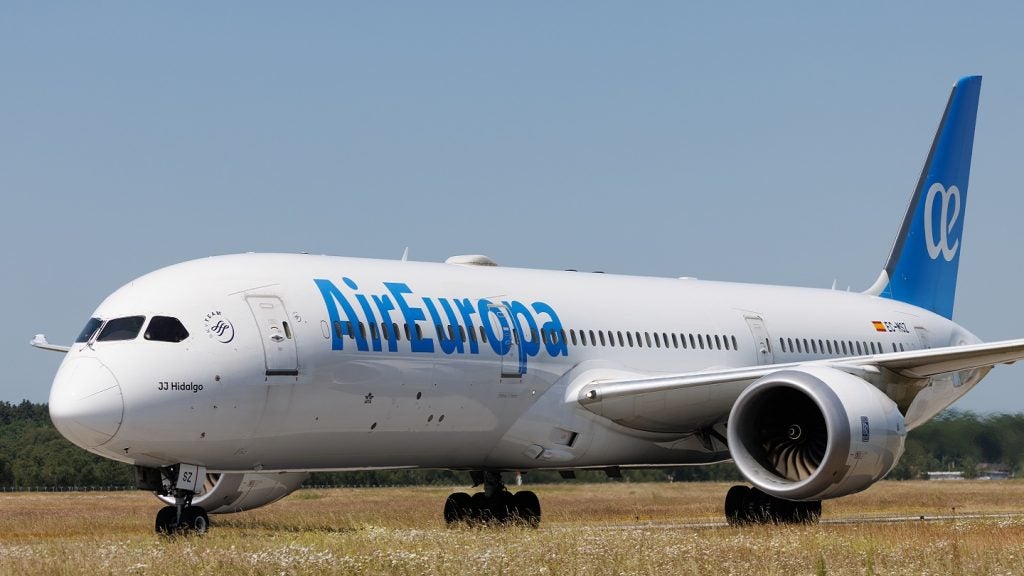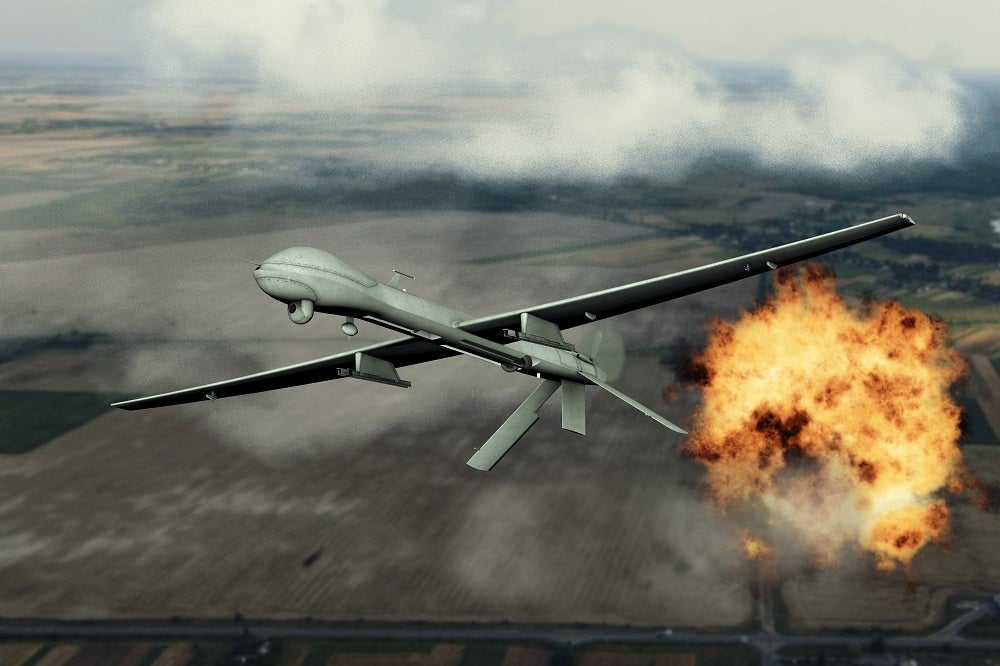Airport runway cleaning is conducted regularly as authorities need to ensure that runways, taxiways, and aprons are cleared of debris, rubber abrasion, sand, stones, or loose objects for safe landings and to avoid accidents and mishaps. Aircraft engines can easily absorb loose material, resulting in severe propeller or compressor blade damage. There is also the risk of propeller or jet engine blast shooting loose objects to nearby vehicles, aircraft, buildings, and people.
Regular airport runway cleaning, sweeping, maintenance and monitoring are, therefore, critical to avoid accidents.
Finding apron and runway cleaning and maintenance service providers
Airport Technology has listed leading providers of apron cleaning and maintenance services, including foreign object debris (FOD) sweepers, runway friction testers and runway weather information systems, road drying and cleaning systems, and runways and taxiway preservation.
The list also includes providers of runway retexturing and rubber or marking removal services, hard-surface cleaning solutions, and runway cleaning and reconditioning machines.
The information contained within the download is designed for airlines, airports, passengers, government authorities, suppliers, technologists, architects, designers, local communities, and any other parties involved in the aviation industry.
See Also:
The download contains detailed information on the suppliers and their product lines, alongside contact details to aid your purchasing decision.
Airport runway cleaning
High-pressure water blasting or water jets are one of the cleanest and most environmentally safe ways to remove rubber abrasions caused by aircraft landings that leave rubber skid marks on runways.
Chemicals, abrasives, and other mechanical methods are also used in airfield rubber removal or runway rubber removal.
Airport runway maintenance
Airport runway maintenance is performed using three basic methods, which include chemical removal, mechanical grinding or milling, and high-pressure water blasting. Removing the rubber film that sticks to the surface is the most important aspect of restoring the original macro roughness of the pavement surface that provides good drainage to the aircraft wheel during wet conditions.
The milling method has been proven satisfactory in airport runway maintenance, where the integrity of the original surface is kept intact. Milling rollers comprising metal discs on a rotating channel are passed over the surface. The distance between the shaft and the pavement is controlled so that the discs just touch the pavement but without much pressure.
Milling removes the rubber layer and roughens the pavement surface. Sweepers usually follow the milling vehicle to clean the runway of dust and rubber debris.
Apron cleaning and maintenance
Airport apron area clean-up is important as items such as stones, oils, cans, bottles, nails, plastic bags, suitcase wheels, handles, locks, straps, knives, forks, and baggage tags can damage the tires, engine, and thrust reversers of an aircraft, thereby risking its safety.
Apron areas such as aircraft stands and areas used for loading vehicles can also be contaminated with fuel, oils, and lubricants. These areas can be cleaned and maintained by spraying grease solvents followed by water flushing, and if required, water jet cleaning to achieve maximum results.
If oils or fuels are spilt accidentally, a powder or granulate material is scattered over the spillage, which absorbs the liquid and can be removed later by sweeping.
For full details (including contact details) on the leading companies within this space, download the free Buyer’s Guide below:
Frequently asked questions
-
What is apron and runway cleaning?
Apron and runway cleaning involves removing debris, rubber marks, oils, and other contaminants from airport surfaces to ensure safe aircraft landings and take-offs. This is critical for preventing accidents and damage to both aircraft and surrounding infrastructure.
-
Why is regular runway cleaning important?
Regular cleaning helps remove hazardous debris that can damage aircraft engines, tyres, or propellers. Additionally, runway friction testing and weather information systems help maintain optimal landing conditions.
-
How are rubber skid marks removed from runways?
Rubber skid marks caused by aircraft landings are commonly removed using high-pressure water blasting, chemical treatments, or mechanical methods like milling, which preserve the surface integrity while removing contaminants.
-
What is the role of Foreign Object Debris (FOD) sweepers?
FOD sweepers are essential for clearing runways and aprons of debris such as stones, cans, and tools, preventing potential damage to aircraft and reducing the risk of accidents caused by foreign objects being ingested by engines.
-
How are apron areas cleaned and maintained?
Apron areas, where aircraft are parked, loaded, and refuelled, are cleaned using grease solvents, water jets, and absorbent materials to handle fuel spills and remove contaminants, ensuring the safe operation of ground services.






